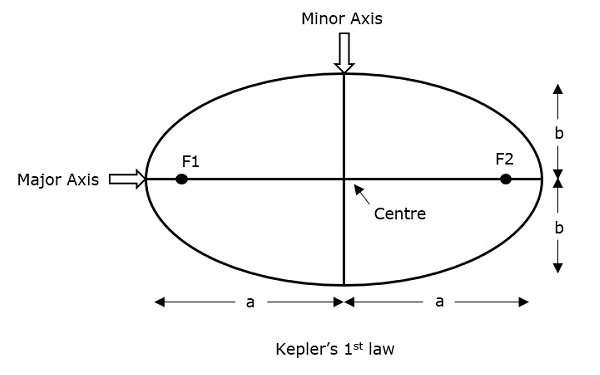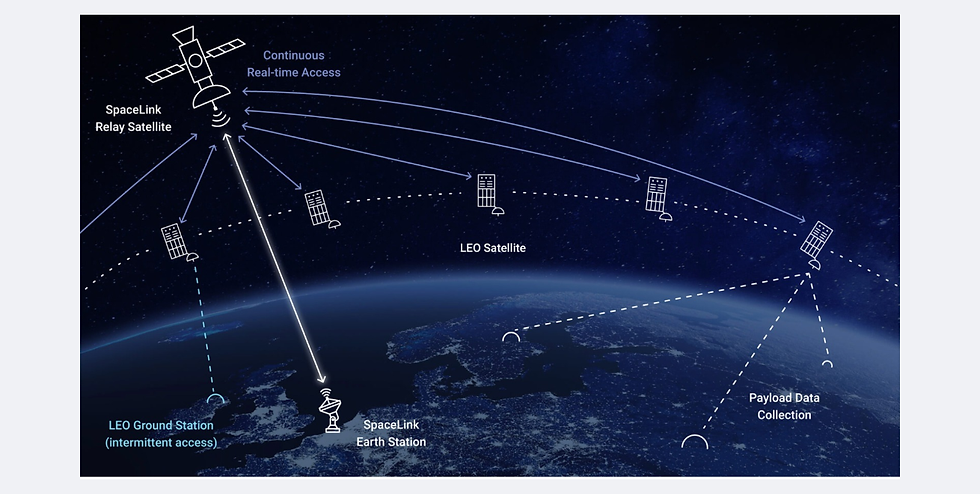Swarm Robotics: The Future of Collective Intelligence in Machines
- kd bhinge
- Apr 10
- 2 min read
Imagine a world where hundreds—or even thousands—of tiny robots work together to explore disaster zones, assemble structures, or monitor environmental changes with flawless coordination. No central command, no singular brain—just collective intelligence. Welcome to the fascinating realm of swarm robotics.
What is Swarm Robotics?
Swarm robotics is a field of multi-robotics that draws inspiration from natural systems like ant colonies, bee swarms, or flocks of birds. The idea is to develop a large group of relatively simple robots that can interact locally with each other and their environment to achieve complex, global behaviors.
These robots operate on decentralized control, meaning there’s no "leader" robot giving orders. Instead, they rely on basic rules and local interactions to guide their behavior—just like ants laying down pheromones to find the shortest path to food.
Key Principles
Here are some of the foundational principles behind swarm robotics:
Decentralization: No single point of failure. Each robot is autonomous.
Scalability: Easily scalable from tens to thousands of robots.
Robustness: The system can tolerate the failure of individual robots without collapsing.
Flexibility: Swarms can adapt to new tasks or dynamic environments.
How Does It Work?
Swarm robots typically rely on simple sensors and communication systems to interact with each other and their surroundings. The magic lies in their algorithms—often based on biological systems—that allow them to:
Navigate
Share information
Avoid obstacles
Make group decisions
For example, a robot might change direction based on the proximity of its neighbors or emit a signal when it finds something of interest (like a survivor in a search and rescue mission).

Applications in the Real World
Swarm robotics is not just a cool idea—it’s rapidly making its way into real-world applications:
Search and Rescue: Tiny robots can enter collapsed buildings or inaccessible areas to locate survivors.
Environmental Monitoring: Swarms can track pollution, monitor wildlife, or collect climate data.
Agriculture: Autonomous drones or ground bots can plant, water, and harvest crops efficiently.
Warehouse Automation: Swarms of robots can optimize storage and delivery in real time.
Space Exploration: NASA is already exploring swarms of small bots for planetary exploration.
Challenges Ahead
Despite its promise, swarm robotics faces several hurdles:
Coordination Complexity: Getting large groups to behave coherently is still a significant challenge.
Communication Limits: Inter-robot communication must be robust and efficient.
Hardware Design: Building affordable yet capable robots is key to scalability.
Security: Decentralized systems are vulnerable to manipulation if not carefully secured.
The Road Ahead
As AI, hardware, and communication technologies advance, the potential for swarm robotics only grows. From smart cities to automated emergency responses, these robot collectives might soon be part of our everyday lives.
Swarm robotics isn’t just about making more robots—it’s about making robots that work better together





Comments